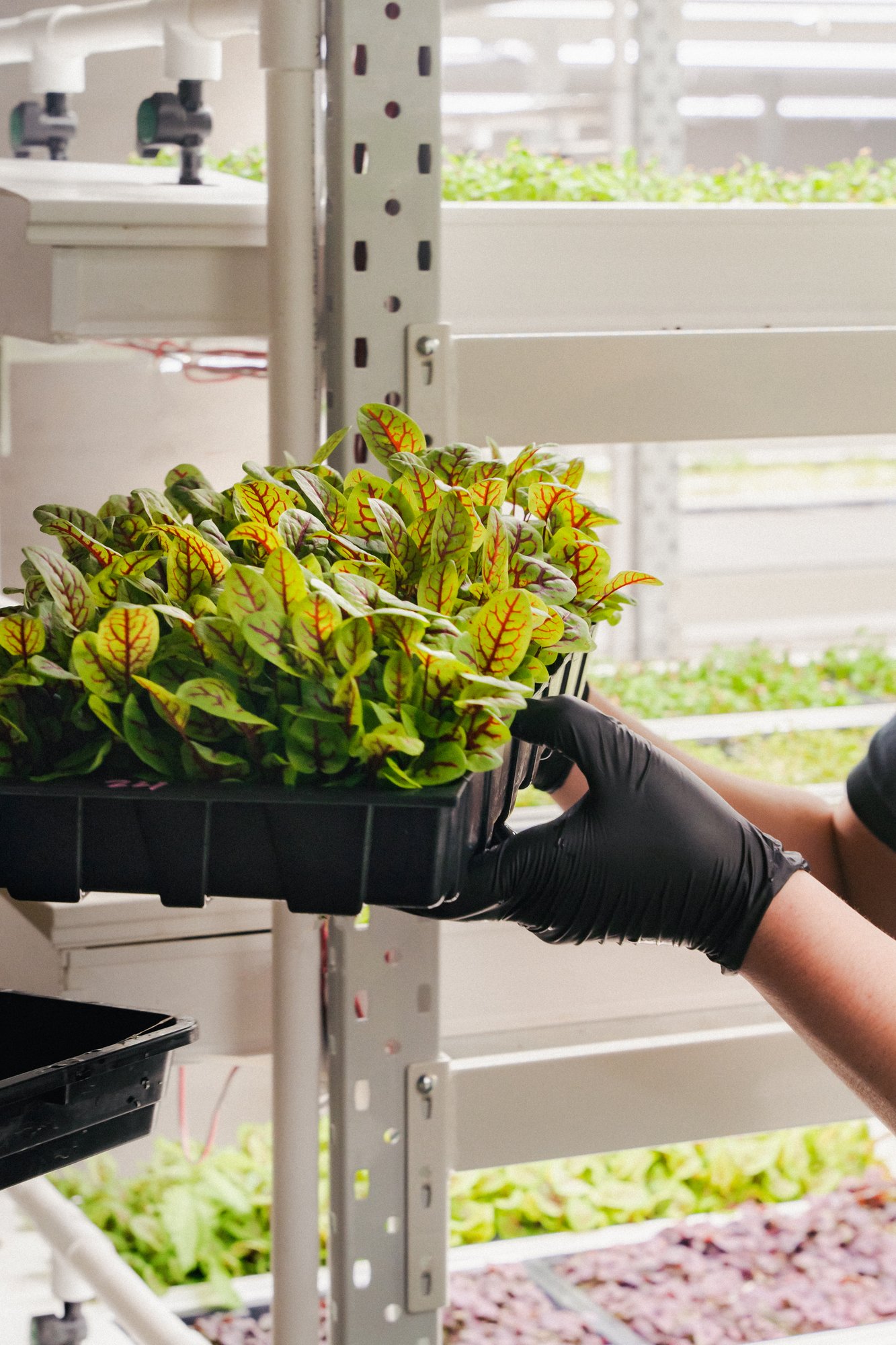Science Based Targets

By the year 2050, nearly 80% of the earths population will reside in urban centers. Applying the most conservative estimates to current demographic trends, the human population will increase by about 3 billion people during the interim. The rapid population growth coupled with climate variability has resulted in impacts on city living and infrastructure due to air pollution, urban heat-island effect, food supply and the rapid decline of viable green spaces.
Companies participating in the Science Based Targets initiative (SBTi) know that setting science-based targets is good for the planet and for business. Our Science Based Targets for our business supports a more sustainable economic circular model/ technology mix/emission pathway that are aligned with a 2�C target, support zero carbon buildings by 2040 and measure the impact in the real economy. The energy and climate related commitments will contribute to the goals of the Paris Agreement and benefit our shareholders in the long term. Greenspace will harness the massive opportunity to reduce carbon pollution and create healthier places to work by creating a vertical farm network across Australia and around the world.
On the renewable energy side, we can motivate our building owners to transition their energy provider to someone that provides renewable energy. Obviously we will look at our energy usage across the urban farmers activating vacant space in terms of emission reduction but include water management and food waste initiatives. And then when it comes to the net zero by 2050 commitment we will look at our entire supply chain from installation to transportation and distribution of locally grown fresh produce. Greenspace recognizes the massive opportunity to reduce carbon pollution, drive innovation and create new jobs and more comfortable, healthy places to work, and transform our cities to cooler, more liveable places to live, work and play through a large scale program.
-1.png?width=309&height=52&name=GSPlogoTBG-01%20(7)-1.png)